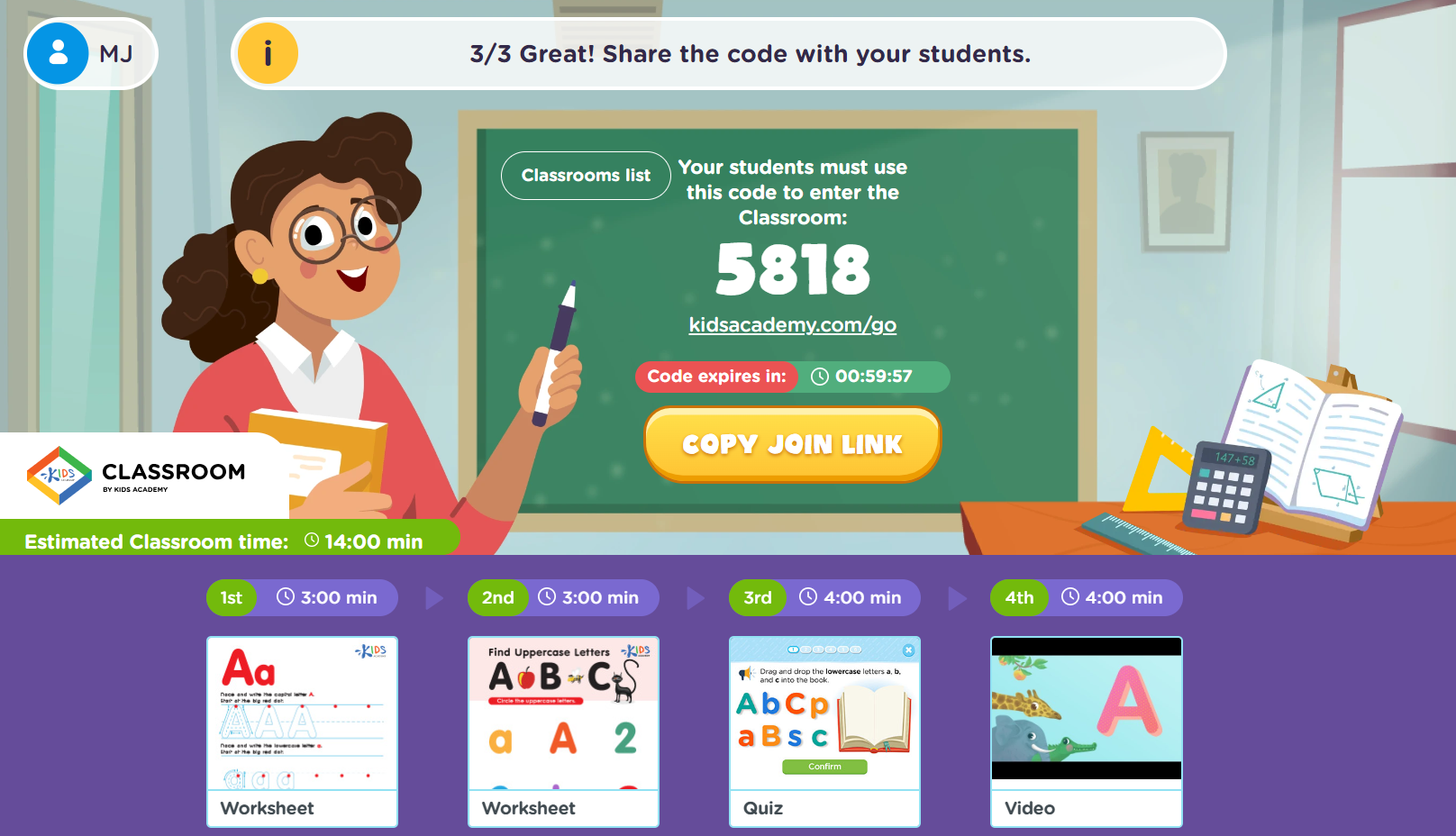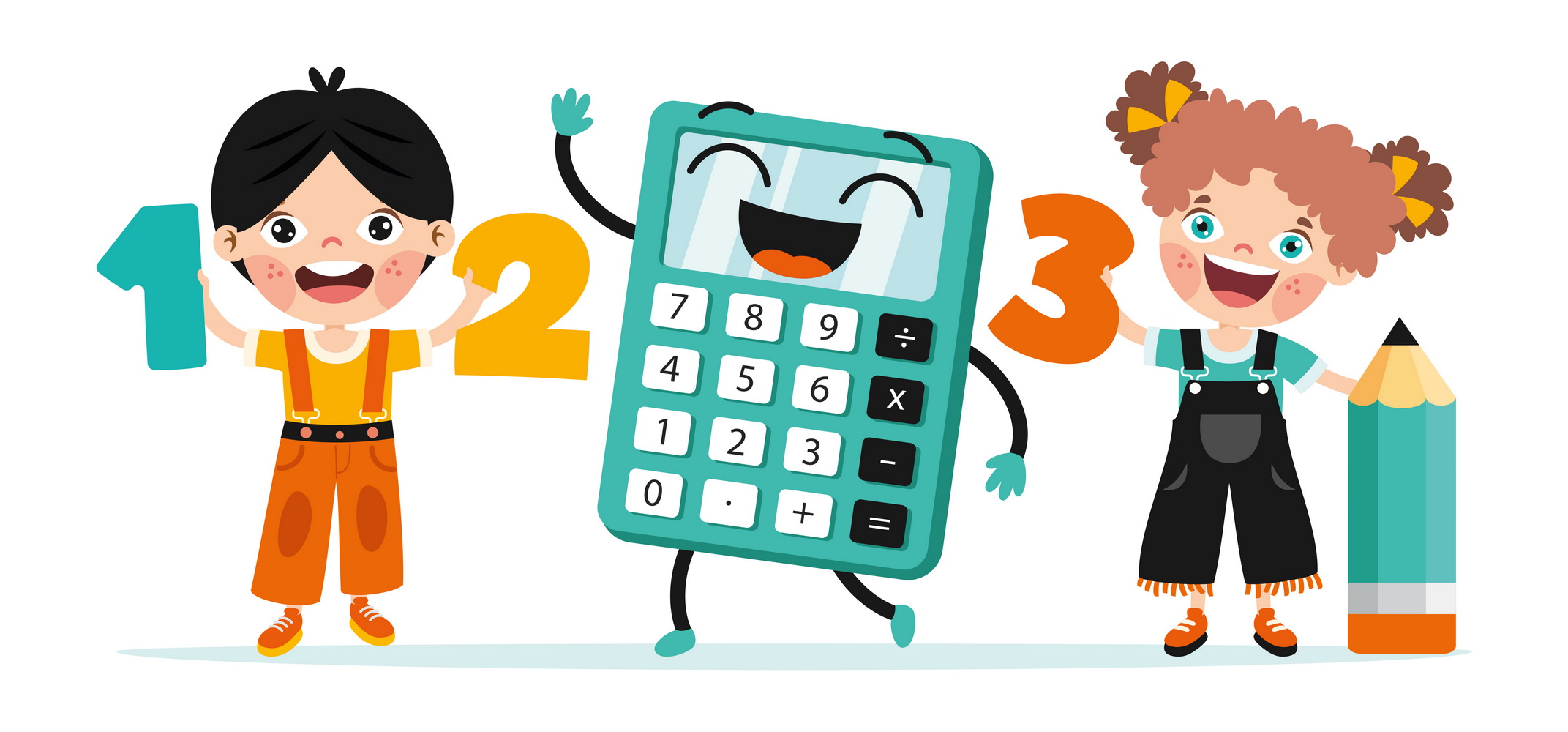Normal Time Worksheets for Ages 5-6
5 filtered results
-
From - To
Discover our engaging Normal Time Worksheets tailored for children aged 5-6! Perfect for early learners, these worksheets help young minds understand the concept of time through fun and interactive activities. Our resources include tasks that focus on reading clocks, identifying hours and minutes, and solving simple time-based problems. Designed to enhance cognitive skills, these worksheets promote both independent learning and parental involvement. Printable and easily accessible, they serve as an excellent tool to reinforce classroom learning at home. Empower your child’s understanding of time with our exciting and educational worksheets today! Ideal for both educators and parents fostering foundational skills.
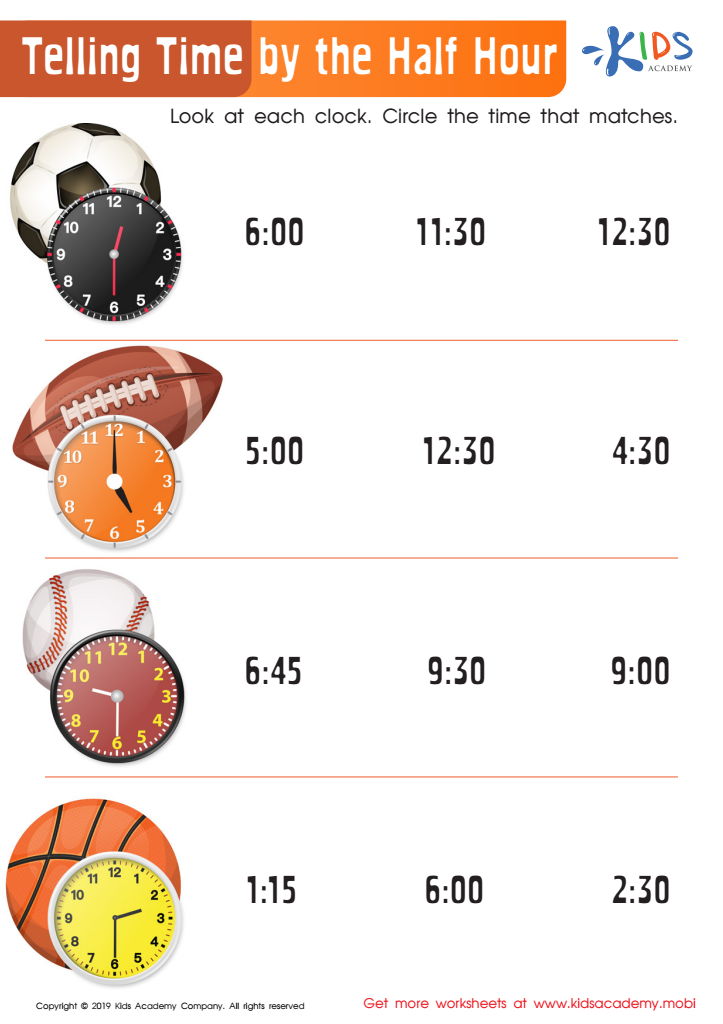

Telling Time by the Half Hour Worksheet


Years Worksheet
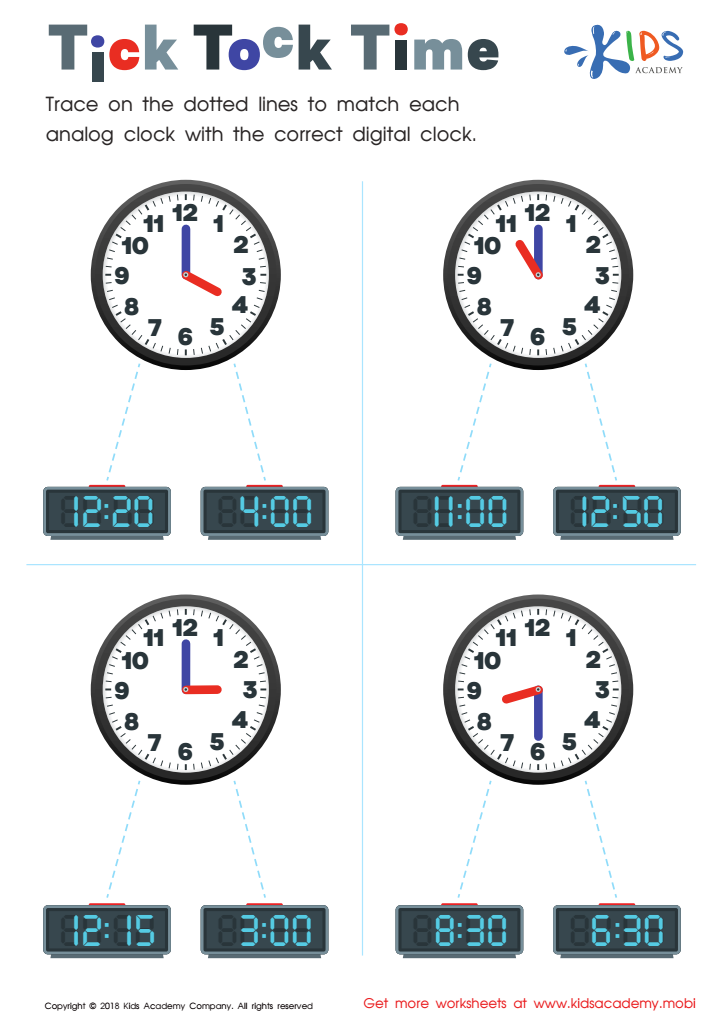

Tick Tock Time Worksheet
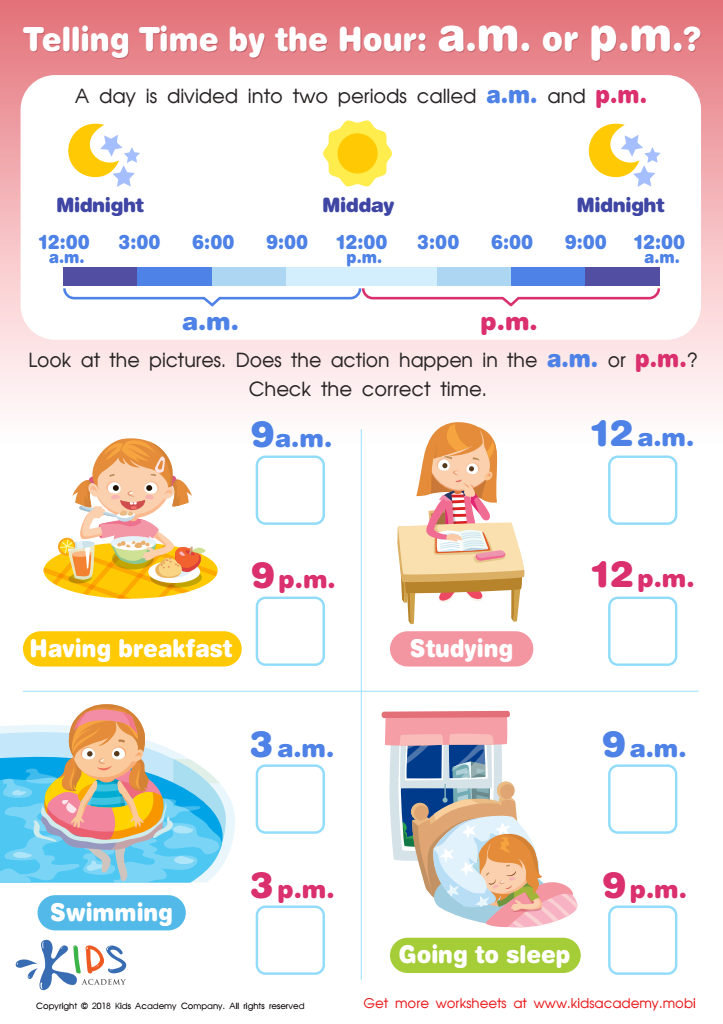

Tilling Time by the Hour: a.m. or p.m.? Worksheet
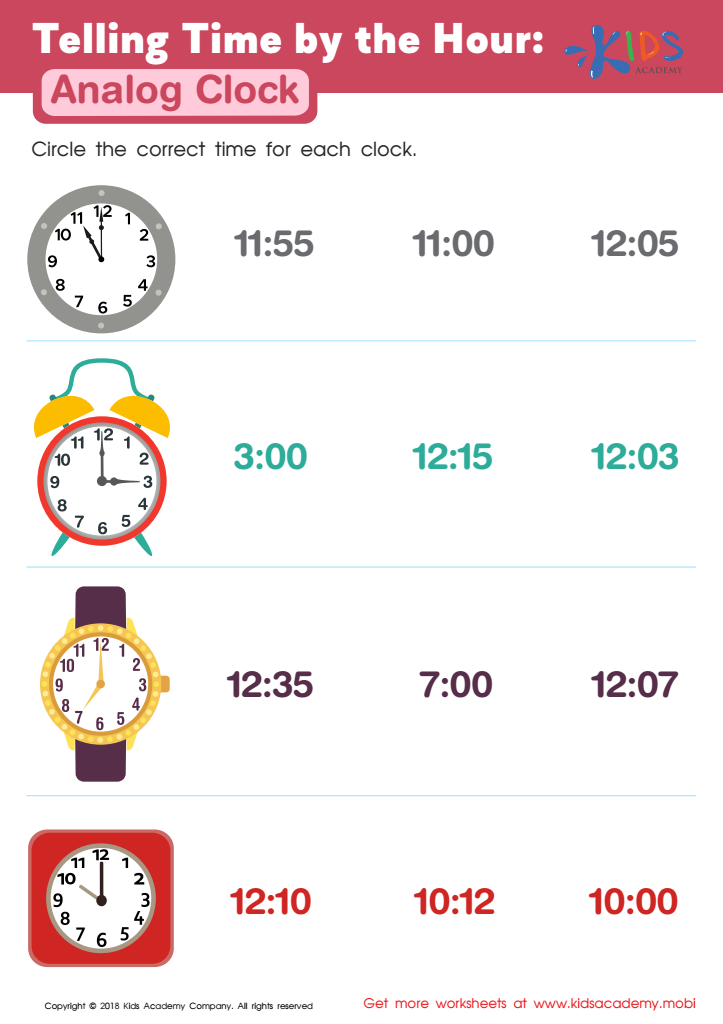

Telling Time by the Hour: Analog Clock Worksheet
Normal Time for Ages 5-6 is a crucial developmental phase where children begin to grasp fundamental concepts of time and routine. During this period, children are typically transitioning into structured learning environments, which makes it imperative for parents and teachers to pay attention to how they approach the concept of time. Understanding and measuring time help children gain a sense of security as they learn to anticipate activities, such as mealtimes and nap times, thereby fostering independence and personal responsibility.
Moreover, learning to tell time lays foundational math and cognitive skills that will be essential in their future education. It encourages logical thinking as children start to relate time with sequences of events and the concept of duration.
Activities involving time, such as setting timers or discussing daily schedules, can also enhance language development and vocabulary. Engaging with time concepts can make learning interactive and fun, boosting children's motivation towards academic tasks.
By ensuring that time is integrated into early education, parents and teachers can support children in developing skills essential for academic readiness, social interactions, and overall emotional well-being. Therefore, prioritizing Normal Time in early childhood education is crucial for holistic development.
 Assign to My Students
Assign to My Students



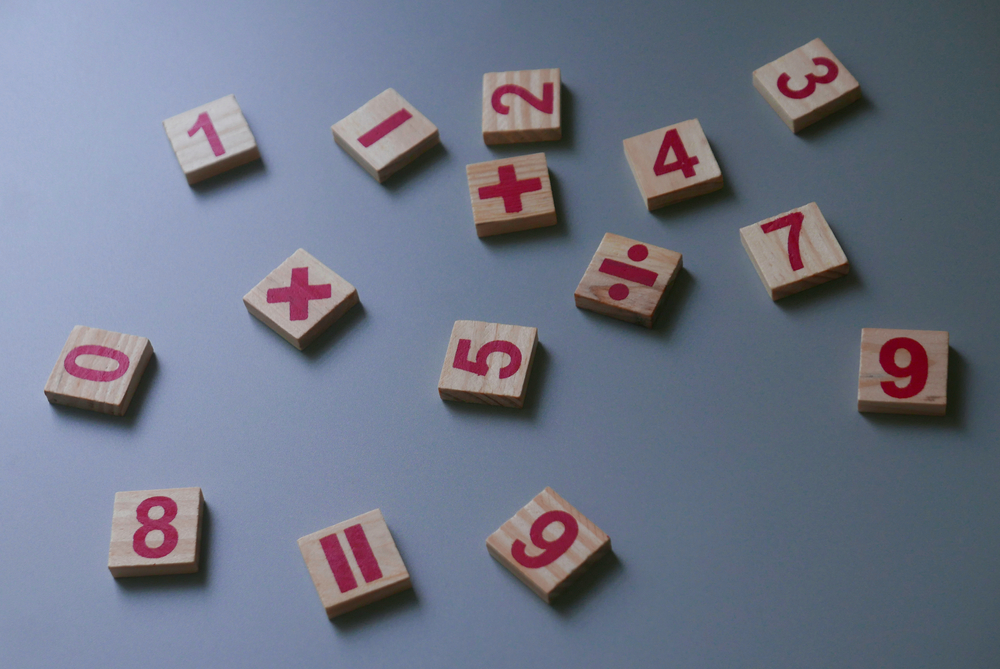
%20(1).jpg)

